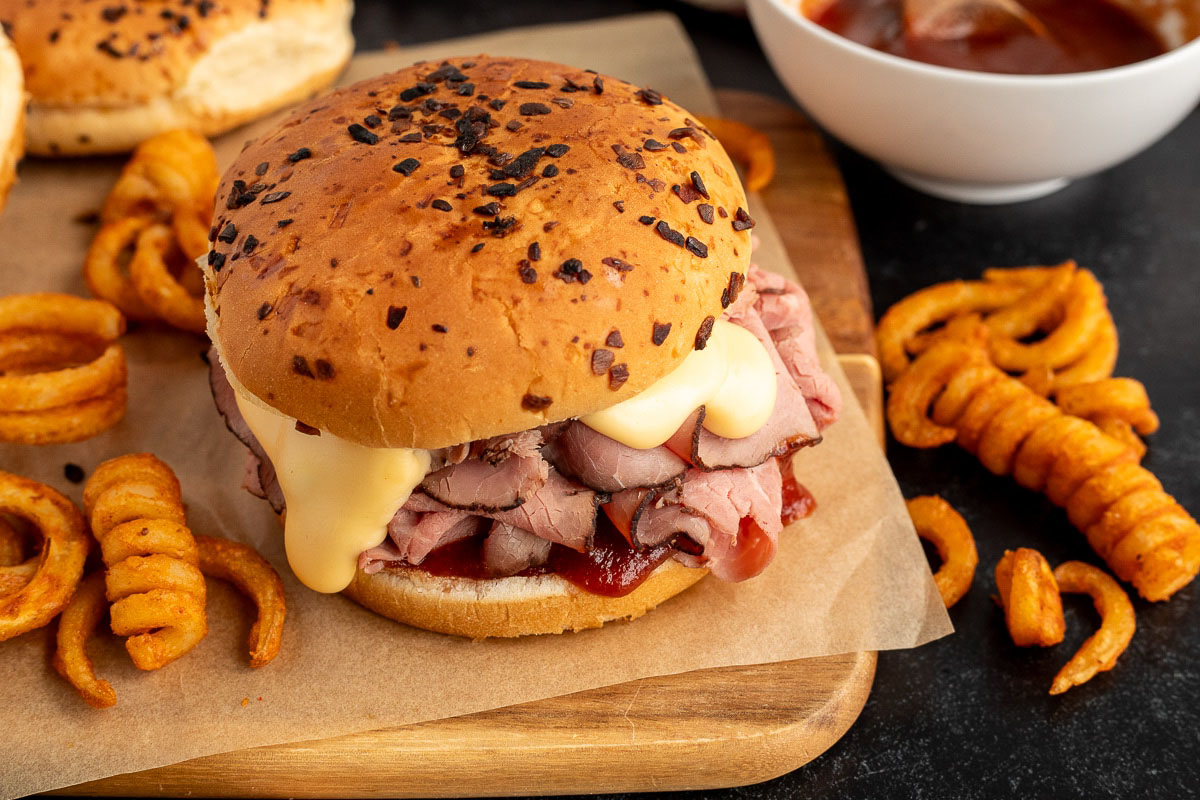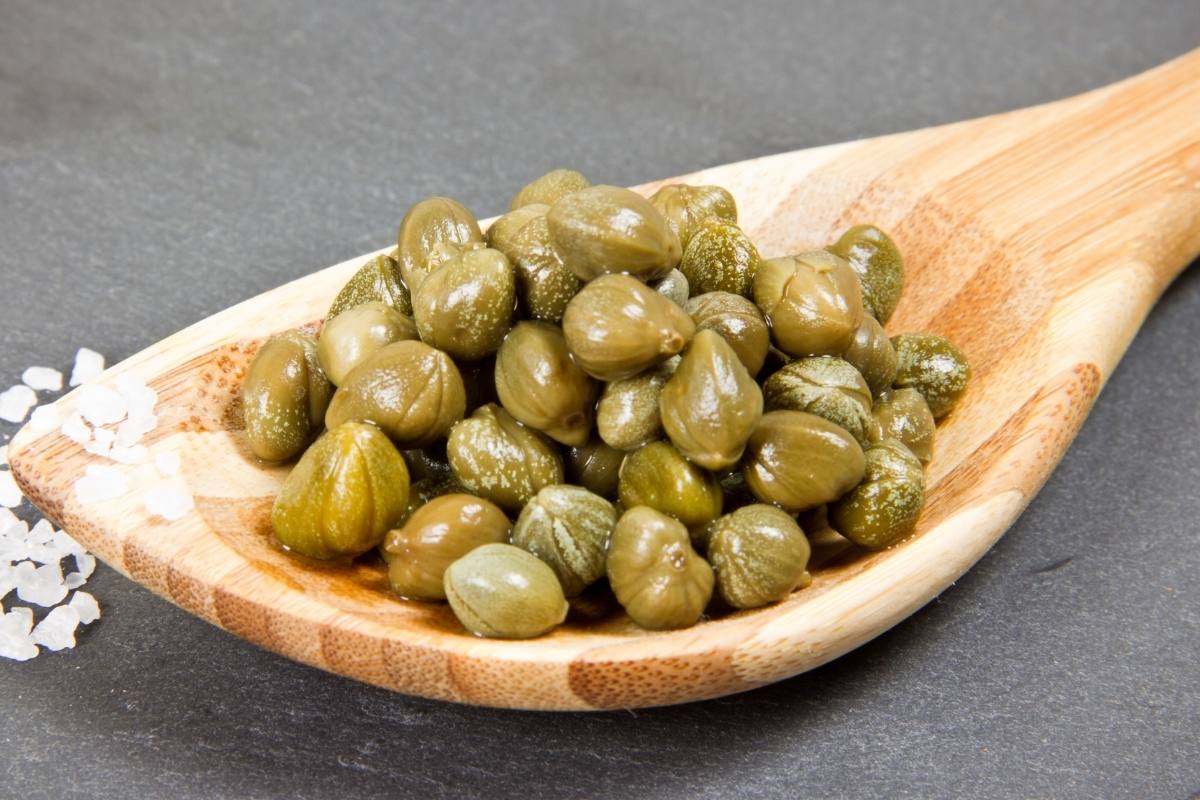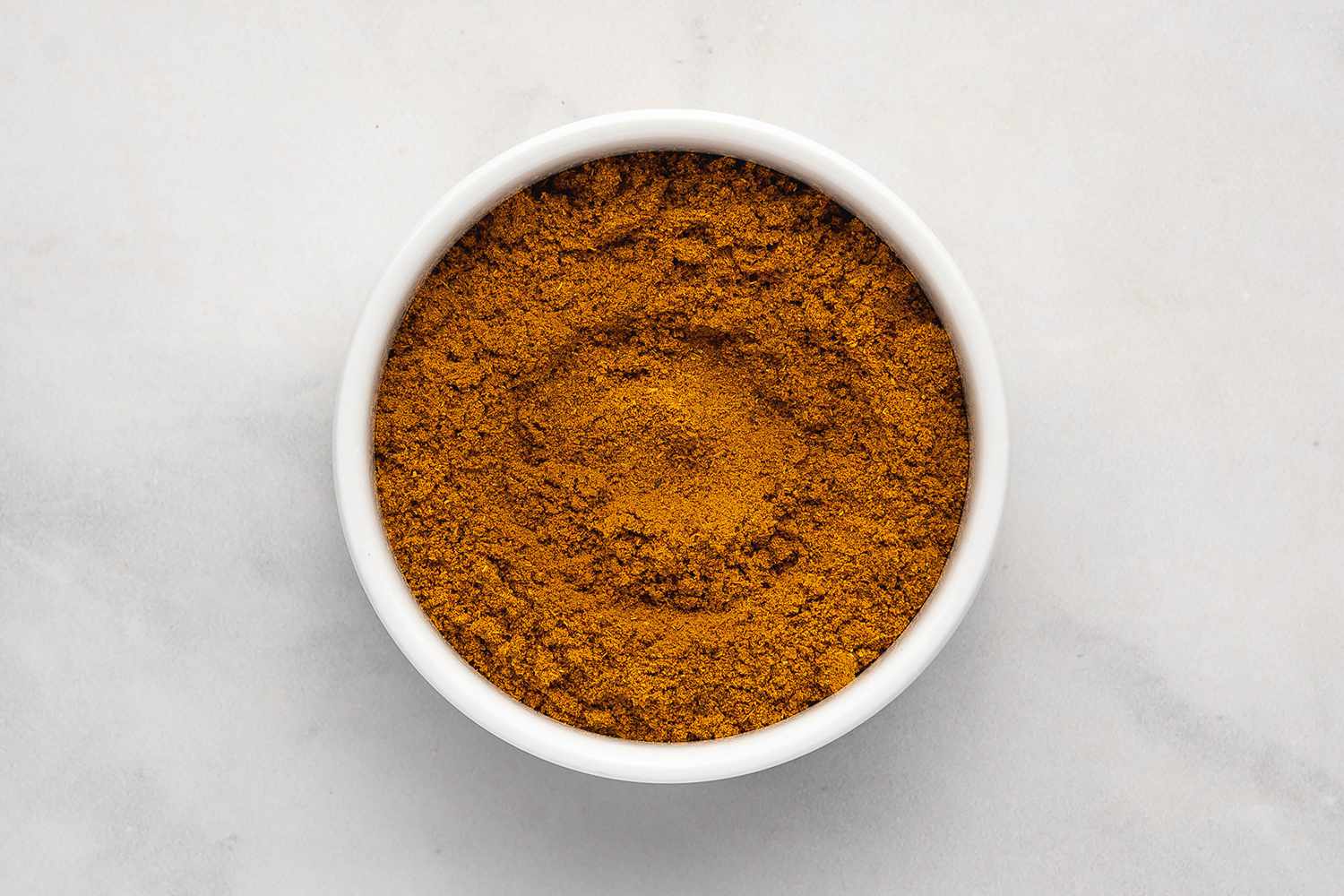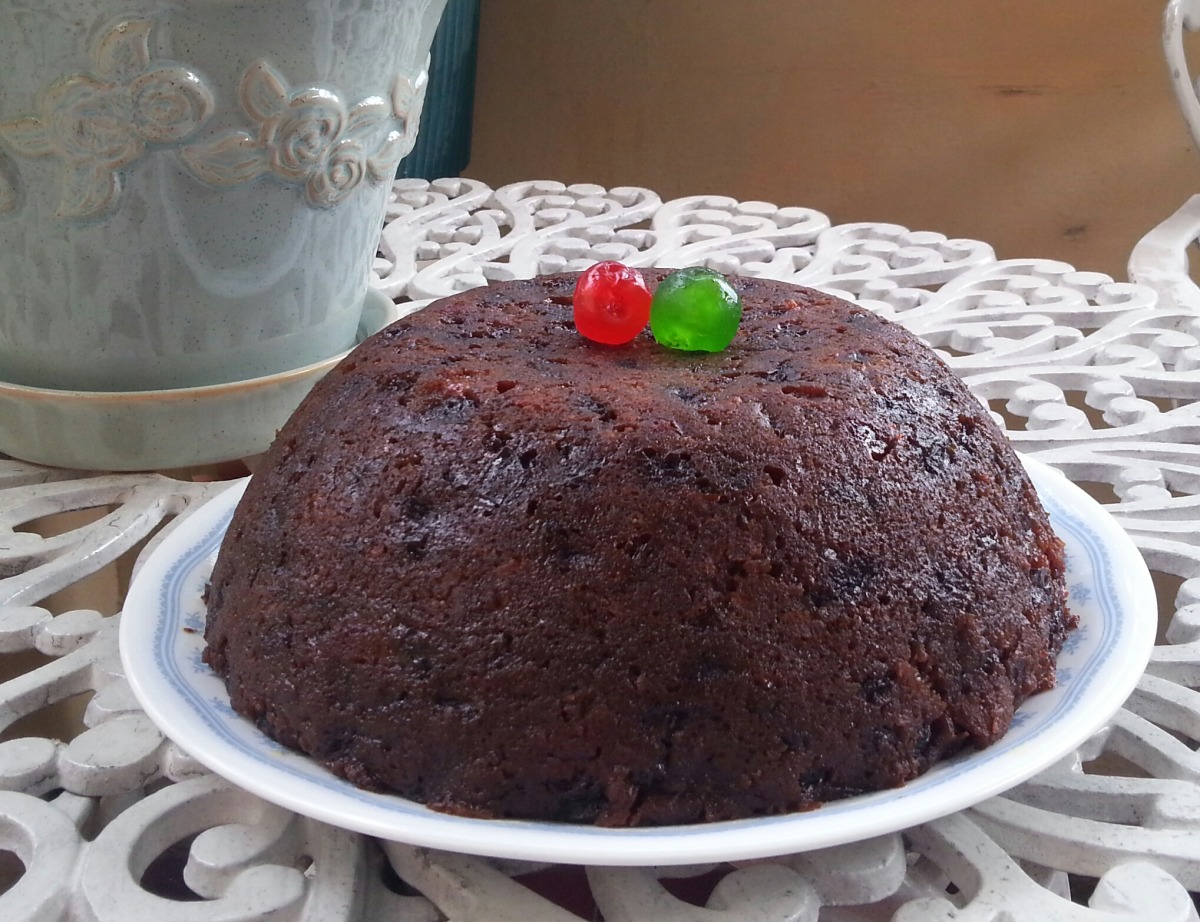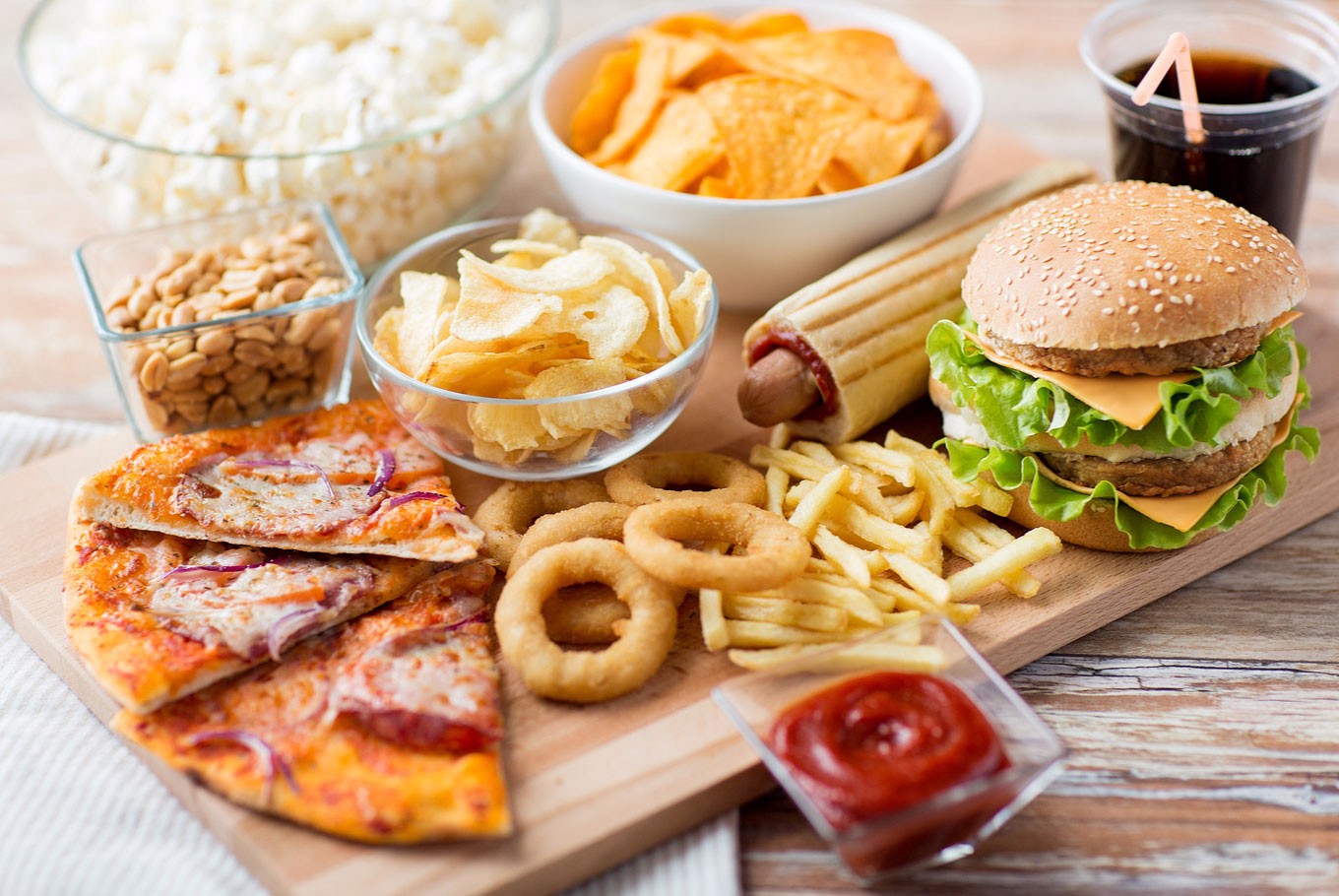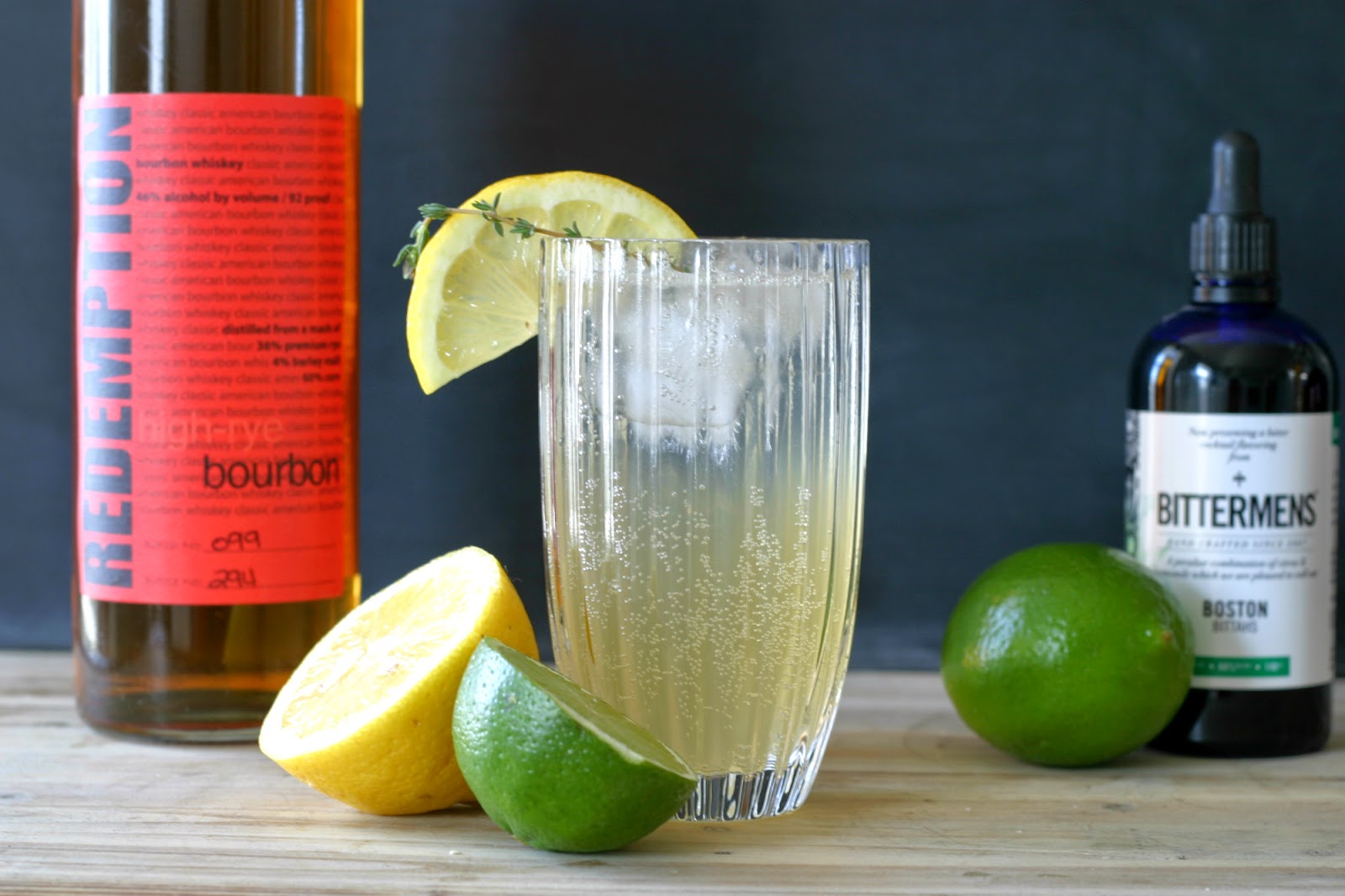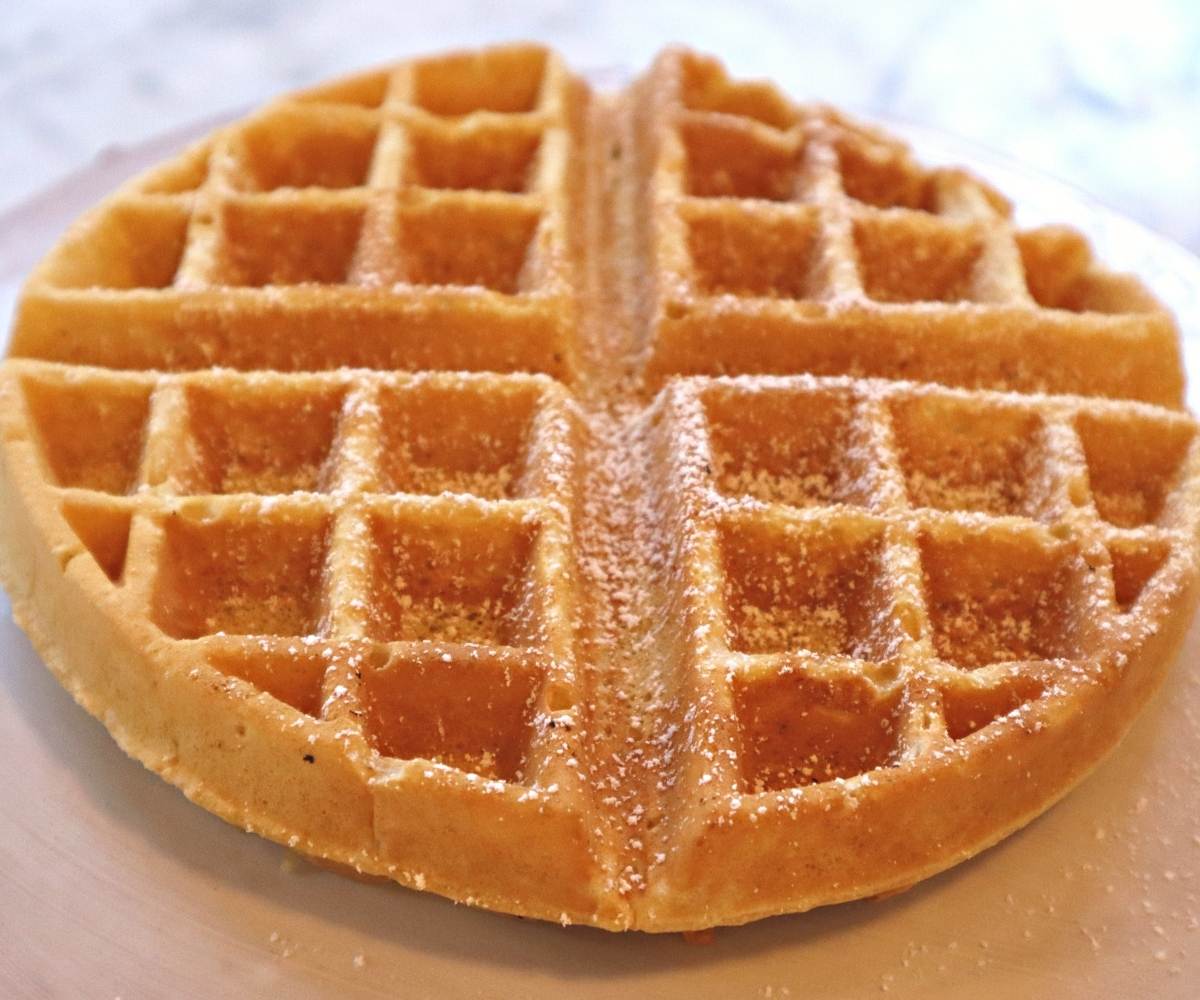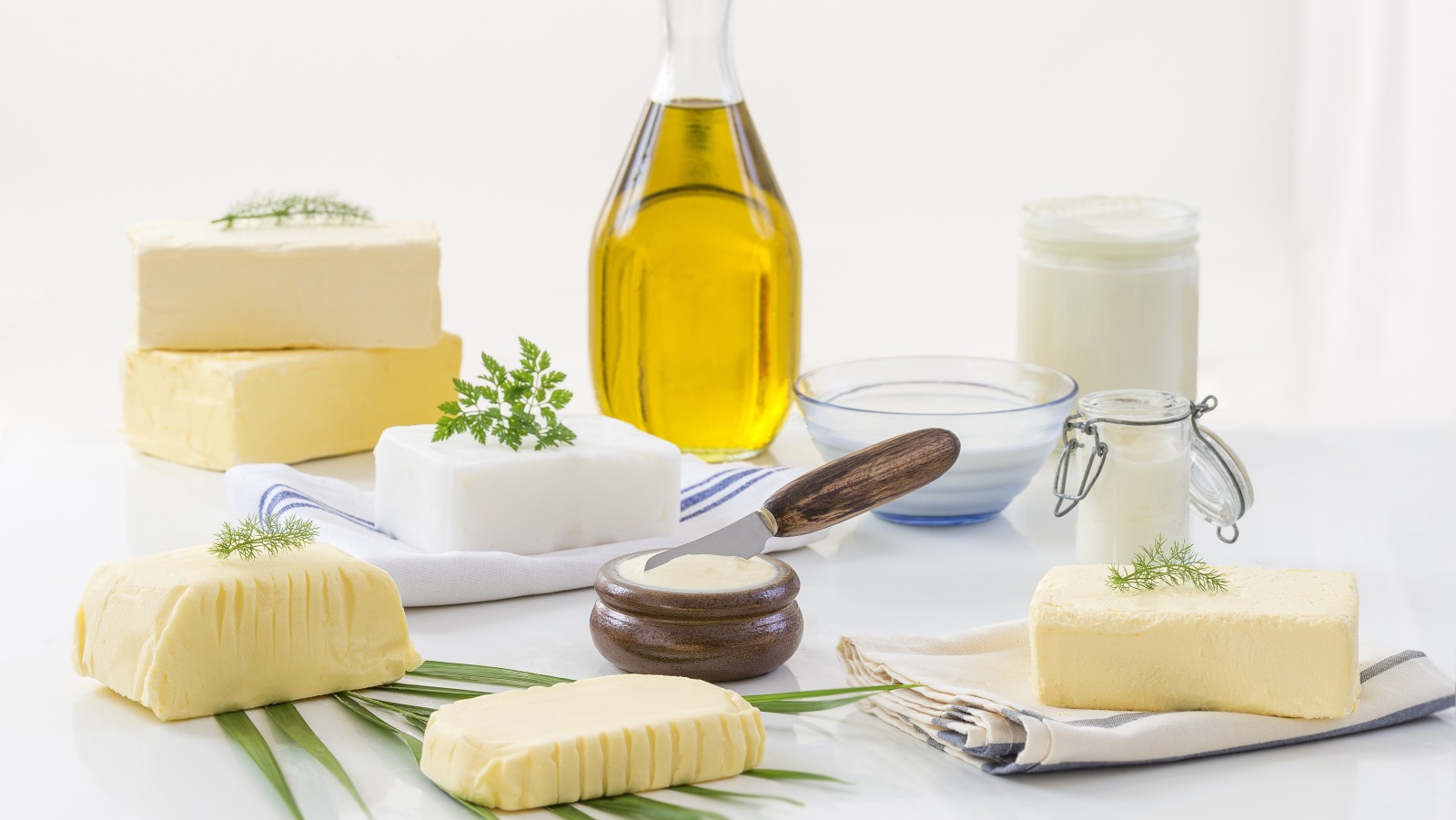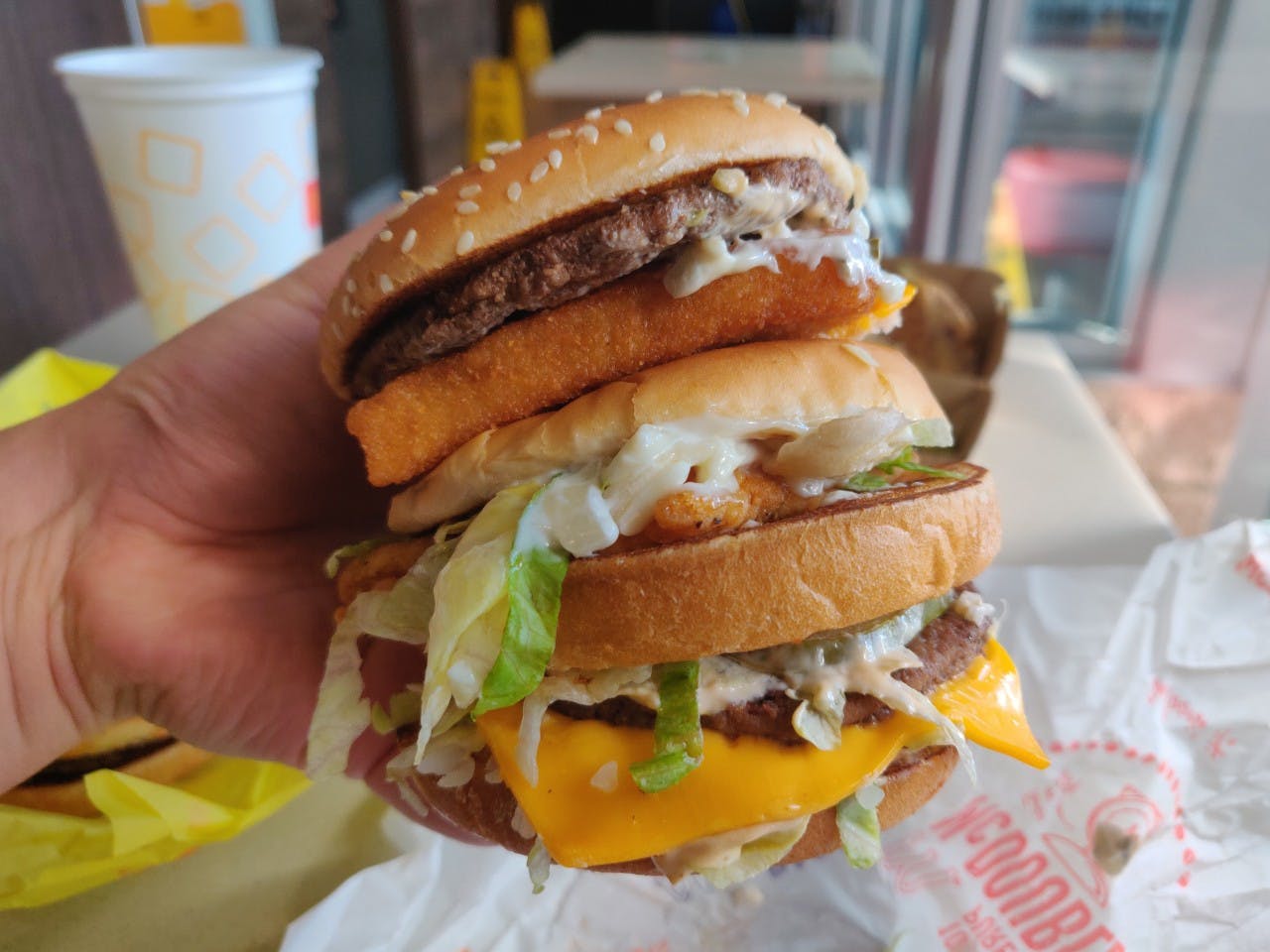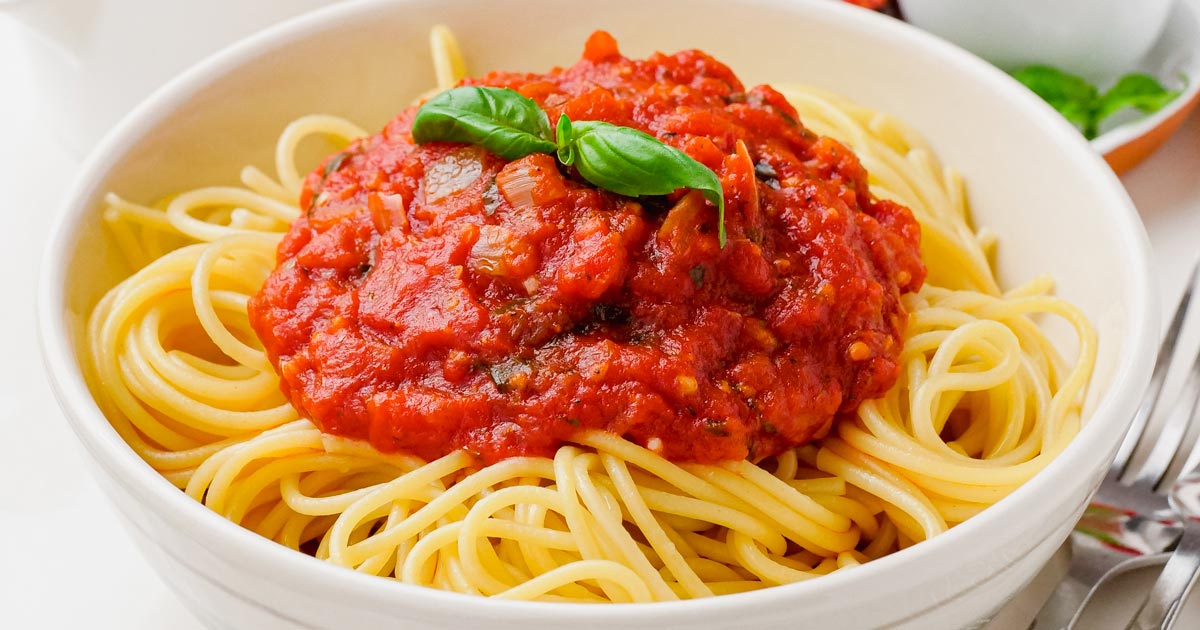Understanding Par Cooking: A Guide for Food Enthusiasts
Are you a food lover who enjoys experimenting with different cooking techniques? If so, you may have come across the term “par cooking” in various recipes and culinary discussions. But what exactly does par cooking mean, and how can it enhance your culinary skills? In this guide, we’ll explore the concept of par cooking and its significance in the world of food preparation.
What Is Par Cooking?
Par cooking, short for “partial cooking,” refers to the process of partially cooking food items before finishing them off at a later time. This technique is commonly used in professional kitchens, meal prep services, and home cooking to streamline the cooking process and ensure that dishes are prepared to perfection.
The Benefits of Par Cooking
Par cooking offers several advantages for both professional chefs and home cooks. Some of the key benefits include:
- Time-Saving: By partially cooking certain ingredients in advance, you can significantly reduce the overall cooking time when preparing a meal.
- Enhanced Flavor: Par cooking can help intensify the flavors of certain ingredients, leading to more complex and delicious dishes.
- Improved Texture: Certain foods, such as root vegetables and grains, can benefit from par cooking as it helps them achieve the ideal texture when fully cooked.
- Convenience: Preparing components of a dish through par cooking allows for easier assembly and finishing, making meal preparation more efficient.
Common Foods That Benefit from Par Cooking
While par cooking can be applied to a wide range of ingredients, some foods are particularly well-suited for this technique. These include:
- Pasta: Partially boiling pasta before incorporating it into a dish can help ensure that it reaches the perfect al dente texture when finished.
- Potatoes: Par-cooking potatoes, whether through boiling or steaming, can reduce their overall cooking time and result in a more consistent texture.
- Vegetables: Many vegetables, such as carrots, broccoli, and green beans, can benefit from par cooking to achieve the ideal balance of tenderness and crunch.
- Grains: From rice to quinoa, par cooking grains can help shorten their final cooking time and prevent them from becoming mushy.
How to Par Cook Like a Pro
If you’re eager to incorporate par cooking into your culinary repertoire, here are some essential tips to keep in mind:
- Timing is Key: Be mindful of the cooking time required for each ingredient to ensure that they are only partially cooked and not overdone.
- Shock and Chill: After par cooking, it’s essential to immediately cool the ingredients in ice water to halt the cooking process and preserve their texture and color.
- Storage and Reheating: Properly store par-cooked ingredients in airtight containers in the refrigerator and ensure they are thoroughly reheated before serving.
Experimenting with Par Cooking
As with any cooking technique, the best way to master par cooking is through experimentation. Don’t be afraid to try par cooking with different ingredients and recipes to discover how it can elevate your dishes.
Whether you’re preparing a hearty pasta dish, a flavorful vegetable medley, or a comforting grain-based meal, par cooking can be a valuable tool in your culinary arsenal. By understanding the principles of par cooking and applying them in your kitchen, you can take your cooking skills to new heights and impress your family and friends with delicious, expertly prepared meals.
So, the next time you come across a recipe that calls for par cooking, embrace the technique and unleash your creativity in the kitchen!
Was this page helpful?
Read Next: What Is A Pimento Taco
